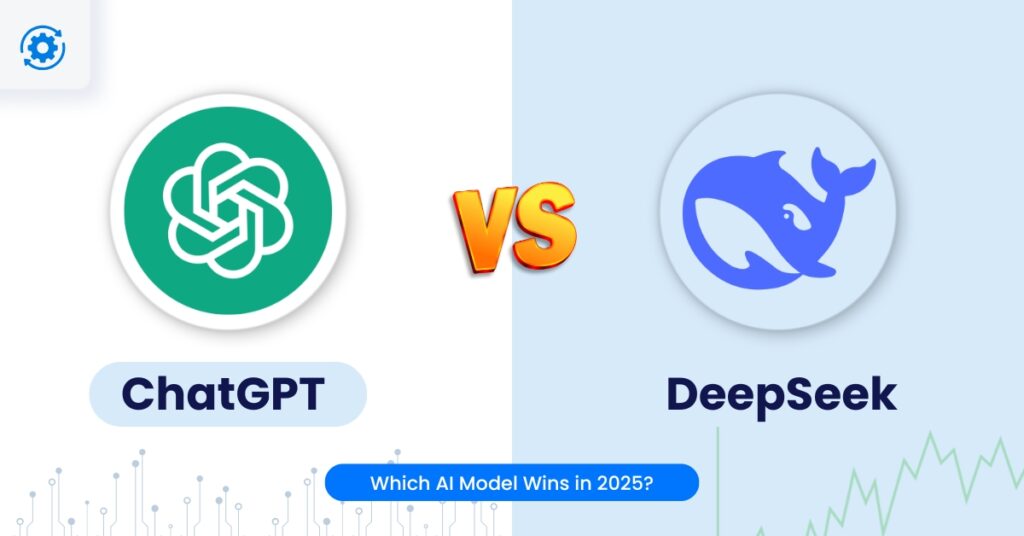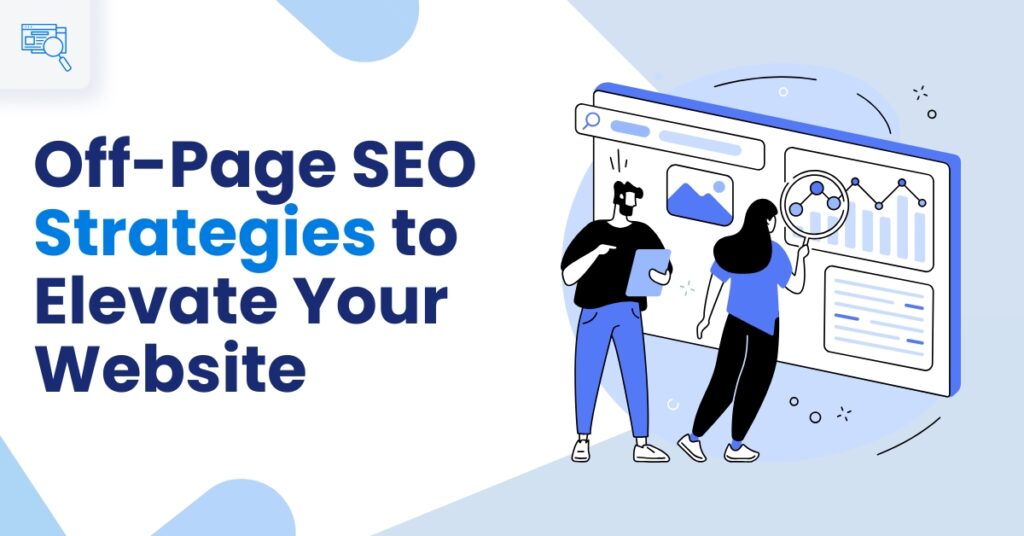Chatbots have evolved from ELIZA’s rule-based scripts to today’s intelligent, conversational AI powered by natural language processing and machine learning. Early bots offered rigid, keyword-based interactions, while the 2010s introduced voice-enabled agents like Siri and Alexa with contextual understanding. Now, generative AI chatbots use transformer models and vast datasets to create adaptive, humanlike conversations. These Chatbots 2.0 do more than respond- they personalize, assist, and automate tasks across platforms. In 2025, chatbots are no longer just digital tools but they are active brand partners delivering smooth, humanlike interactions throughout the customer journey. As intelligent digital agents, they personalize engagement, automate complex processes, and enhance customer experience across a wide range of platforms.
Let’s explore their advanced capabilities and how they are reshaping digital communication in today’s customer-centric landscape.
What Is Chatbots 2.0?
Chatbots 2.0 represent the next generation of conversational AI, evolving from simple, rule-based systems into highly sophisticated, intelligent digital assistants. Powered by advanced technologies such as natural language processing (NLP) and machine learning (ML), Chatbots 2.0 can understand and interpret complex queries, providing responses that feel more human-like and contextually aware.
Unlike their predecessors, which relied on scripted responses and keyword detection, Chatbots 2.0 can adapt to user conversation styles and even detect emotions, adjusting their tone accordingly. They offer a more personalized experience by analyzing customer data, such as purchase history and browsing patterns, to provide tailored recommendations and proactive assistance.
Chatbots 2.0 use NLP to interpret and generate natural language with a deeper understanding of context and intent. Through Machine Learning, these bots learn from previous interactions, improving their responses over time and providing more accurate and relevant answers. Additionally, sentiment analysis enables Chatbots 2.0 to recognize the user’s emotional state, such as frustration or excitement, and adjust their tone and approach to create a more empathetic and engaging experience.
What makes Chatbots 2.0 truly special is their ability to integrate rich media- images, videos, and interactive elements- into conversations. This makes interactions not only more informative but also more engaging. These bots can perform a variety of tasks, from customer support to sales, and operate across multiple channels like websites, social media, and messaging platforms. Their ability to offer hyper-personalized experiences based on customer data and browsing behavior sets them apart from traditional chatbots.
Key Features of AI-Powered Chatbots
- Real-Time Personalization: AI-powered chatbots can deliver highly tailored responses by analyzing user data, behavior, and preferences in real-time. By leveraging machine learning algorithms, chatbots can recognize patterns from past interactions, such as a user’s browsing history, previous queries, or even past purchases. This allows the chatbot to offer personalized recommendations, answers, and even content that matches the individual user’s needs. The ability to dynamically adjust responses based on data significantly enhances the user experience and helps build a sense of individual attention.
- Omnichannel Support: Modern AI-powered chatbots are designed to provide seamless experiences across a wide range of platforms, including websites, mobile apps, social media channels (like Facebook Messenger, WhatsApp), and messaging apps (like Slack or Telegram). This omnichannel approach ensures that users can interact with the chatbot on their preferred medium, without losing continuity of conversation. For instance, a user may start an inquiry on a company’s website and then continue the conversation on their mobile phone or social media account, with the chatbot picking up right where the interaction left off. This integration across platforms provides a consistent and cohesive user experience, whether they are engaging via desktop, mobile, or social channels.
- 24/7 Availability: One of the most valuable features of AI-powered chatbots is their ability to offer instant, round-the-clock support. Unlike human agents who require breaks or are limited to office hours, chatbots are always on. This ensures that customers can get assistance at any time, whether it’s answering simple questions, resolving issues, or providing product recommendations. The always-available nature of chatbots helps businesses meet global customers’ needs without the limitations of time zones, and reduces the response times drastically compared to traditional customer service channels.
- Integration with CRM and Business Tools: Chatbots 2.0 have advanced capabilities to integrate with Customer Relationship Management (CRM) systems like Salesforce, HubSpot, and other business tools such as Slack, Zendesk, and even enterprise resource planning (ERP) systems. This integration allows chatbots to access real-time customer data and automatically update CRM records with new information or interactions. For example, a chatbot could capture a user’s inquiry and automatically create a support ticket or add the lead to a sales pipeline in Salesforce. This reduces manual work, improves efficiency, and ensures that all departments are aligned with the latest customer data. Additionally, the integration of chatbots with collaboration tools like Slack can help teams communicate more efficiently and provide real-time updates on customer inquiries or issues.
Benefits for Businesses and Customers
- Enhanced User Experience:
- Personalized Interactions: Chatbots tailor responses based on individual user data, ensuring more relevant and meaningful conversations.
- Consistent Service: With AI handling routine queries, customers receive reliable, error-free responses every time.
- Increased Engagement: Fun, interactive bots keep users engaged longer, fostering a stronger connection with the brand.
- Personalized Interactions: Chatbots tailor responses based on individual user data, ensuring more relevant and meaningful conversations.
- Faster Query Resolution:
- Instant Responses: Chatbots provide immediate answers to frequently asked questions, minimizing wait times.
- Efficient Handling: By taking care of simple issues, chatbots allow human agents to focus on more complex customer needs, speeding up overall service.
- 24/7 Availability: Chatbots are always available, ensuring that customers can get answers at any time, improving overall efficiency.
- Instant Responses: Chatbots provide immediate answers to frequently asked questions, minimizing wait times.
- Reduced Customer Support Costs:
- Automated Support: Chatbots handle repetitive and low-level tasks, reducing the need for a large customer support team.
- Scalable Assistance: During high-demand periods, chatbots can handle an unlimited number of interactions, keeping staffing needs stable.
- Operational Savings: By minimizing human intervention, businesses reduce costs associated with training, staffing, and management.
- Automated Support: Chatbots handle repetitive and low-level tasks, reducing the need for a large customer support team.
- Improved Lead Generation and Qualification:
- Data-Driven Insights: Chatbots collect valuable information from user interactions, helping businesses identify potential leads more accurately.
- Effective Lead Qualification: Chatbots can ask qualifying questions, filtering out unqualified leads and ensuring that only high-potential prospects are passed on to sales teams.
- Continuous Nurturing: Chatbots can maintain ongoing engagement with leads, sending them relevant information and updates until they are ready to convert.
- Data-Driven Insights: Chatbots collect valuable information from user interactions, helping businesses identify potential leads more accurately.
Industries Leveraging Chatbots 2.0
Chatbots 2.0 are transforming industries by enhancing customer service and streamlining operations. In e-commerce, they provide personalized shopping recommendations and real-time order updates, improving customer experience. In banking and finance, chatbots handle secure account inquiries, allowing customers to access information quickly and safely. In healthcare, they assist with appointment scheduling and answer patient queries, making healthcare services more accessible. The travel industry benefits from chatbots by offering itinerary management and instant support, ensuring seamless travel experiences. These AI-powered solutions help businesses increase efficiency, reduce costs, and deliver personalized, real-time support to customers across various sectors.
Challenges and Considerations
Chatbots face several challenges, particularly around data privacy and ethical AI usage. Businesses must ensure that customer data is securely handled and comply with privacy regulations. Additionally, language and cultural nuances pose challenges in global deployment, as chatbots need to understand various languages, dialects, and regional differences to provide effective communication. Another key consideration is balancing automation with human support. While chatbots can handle routine inquiries efficiently, human intervention is still needed for complex or sensitive issues. Striking the right balance ensures both automation efficiency and a personalized customer experience when necessary.
Future Trends in Conversational AI
- Voice-Enabled Bots:
Voice recognition technology will make voice-enabled chatbots more common, allowing users to interact through speech, providing a hands-free and natural communication experience. - Emotion-Aware AI and Sentiment Detection:
Future chatbots will detect emotions through text or voice, adjusting their responses to be more empathetic, improving overall customer satisfaction by offering context-sensitive interactions. - AI-Generated Multimedia Responses:
Chatbots will incorporate multimedia, such as images, videos, and interactive elements, creating dynamic and engaging conversations that go beyond text. - Increased Use of Generative AI for Dynamic Content Creation:
Generative AI will enable chatbots to create real-time, personalized content, from tailored messages to dynamic product recommendations, enhancing user experience.
Conclusion
As businesses shift to a more digital approach, tools like Chatbots 2.0 are changing the way companies interact with customers. These advancements offer quick, personalized support, helping businesses run more efficiently and cut down on costs. The ability to assist customers instantly and at any time helps companies stay competitive and improve satisfaction. As these technologies continue to evolve, adopting them will be key for businesses looking to stay ahead in a fast-changing market.
Looking to improve your digital strategy? Partner with Gravitas – Best Digital Marketing Services in Hyderabad.
Frequently Asked Questions
Chatbots 2.0 leverage machine learning algorithms to learn from user interactions. They analyze conversation patterns, identify user intent, and refine their responses with each interaction. Over time, they become more accurate and context-aware, leading to smarter and more personalized conversations.
Yes! Chatbots 2.0 are equipped with Natural Language Processing (NLP) capabilities that support multiple languages. They can switch between languages seamlessly and provide localized support, making them ideal for global businesses.
Beyond customer support, Chatbots 2.0 can assist in lead generation, onboarding, internal helpdesks, appointment scheduling, employee training, feedback collection, and even e-commerce sales assistance. Their versatility makes them valuable across departments.
No. Chatbots 2.0 are designed to augment human agents, not replace them. They handle routine, repetitive queries efficiently, allowing human agents to focus on complex and high-value tasks. This collaboration enhances overall service quality and speed.
Businesses can expect a high ROI through reduced customer service costs, 24/7 availability, increased lead conversion, shorter resolution times, and enhanced customer satisfaction. Many companies report a return on investment within months of deployment.











